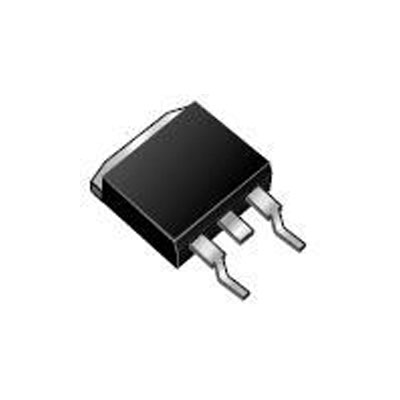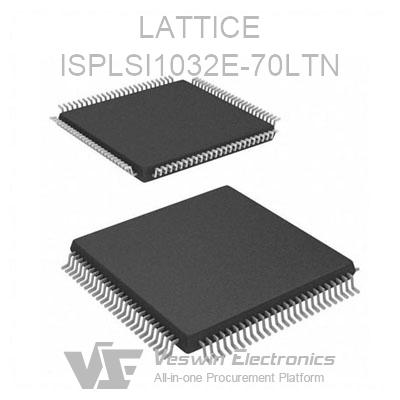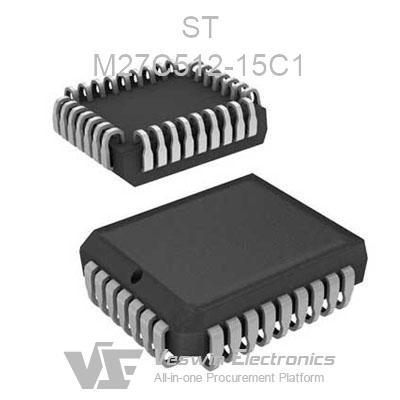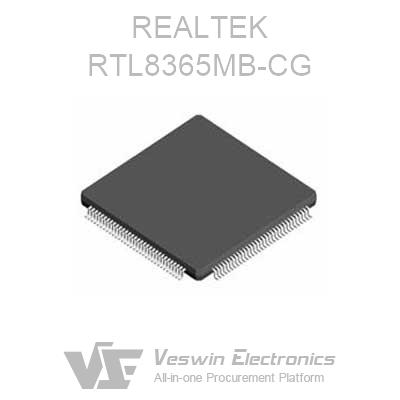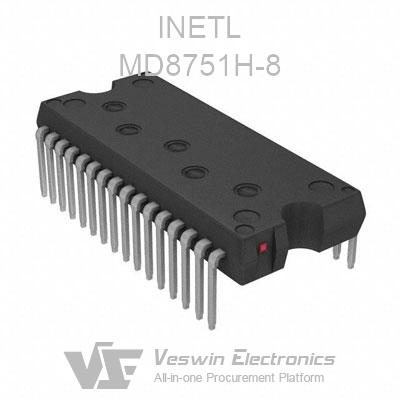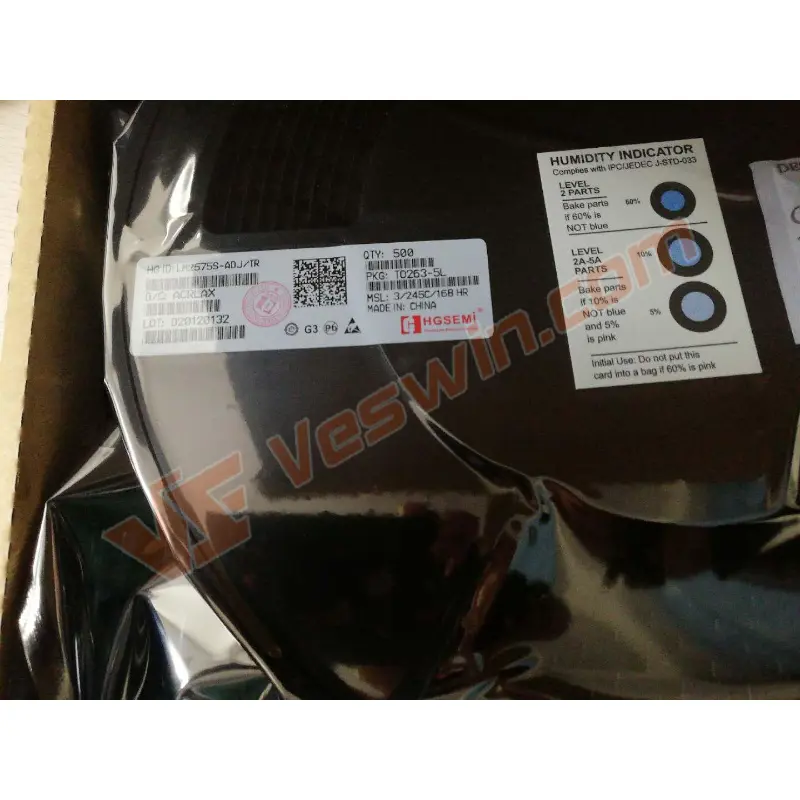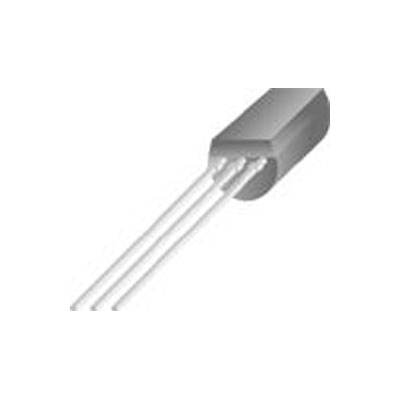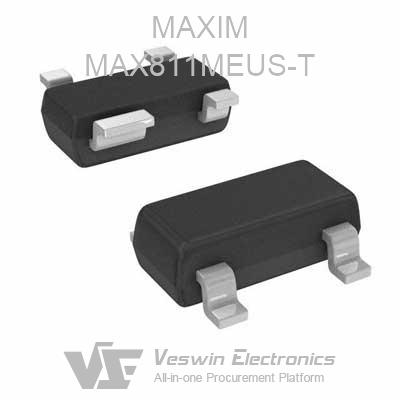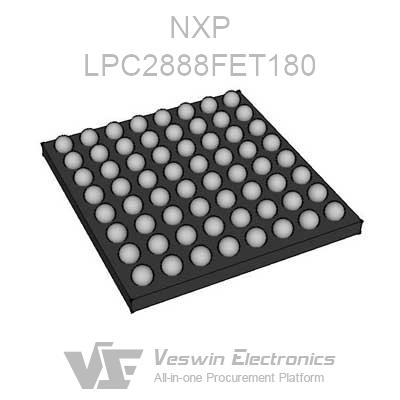Miniaturization has always been a hot topic in the electronics industry and is especially important for power supplies. The quality of a power supply is often measured in terms of power per unit volume. This article discusses some considerations that can help achieve a miniaturized power supply design.
Minimize the number of external components
Power supplies typically consist of at least one semiconductor and several passive external components (e.g., inductors, capacitors, and a few resistors). As shown in Figure 1, reducing the number of components is the first step in reducing the overall power supply size.
Figure 1. Classic type switching regulator with a semiconductor and several passive components.
Suppose additional features are required (such as adjustable output voltage or soft-start time), and the number of passive components increases, thus increasing the space required for the overall solution. The circuit in Figure 1 is an example of a switching buck converter where the number of passive components required has been reduced to a minimum.
Minimizing the external component size
The switching regulator IC must have the highest possible switching frequency to obtain the smallest possible output capacitor and inductor size. The voltage ripple of the output voltage is essentially linear in the value and size of the external components. For example, if the switching frequency is doubled, the inductor value required to achieve the same output voltage ripple will be halved. This reduces the design size. Figure 2 shows the space requirements for the LTC3307A switching regulator. Due to the high switching frequency of 3MHz, small inductors can be used.
Figure 2. Space requirements for a switched-mode voltage converter with an output current of 3 A.
Minimizing the size of switching regulator ICS
ADI's LTC33xx platform consists of switching buck converters with switching frequencies up to 5 MHz at conversion, with products designed specifically for various applications through the LTC33xx platform. The LTC3315A has been optimized for space-constrained applications. It is a dual-channel converter in a wafer-level chip-scale package measuring only 1.64 mm × 1.64 mm ( Each channel provides 2 A of output current in a WLCSP that measures only 1.64 mm × 1.64 mm. Also noteworthy is the MAX77324, a single-channel buck switching regulator with a maximum output current of 1.5 A in a 1.22 mm × 0.85 mm case. Figure 3 shows the MAX77324 package dimensions.
Figure 3. A switching regulator in a very small package.
Figure 4. Package profile of a dual buck regulator IC with dimensions of 1.64 mm × 1.64 mm.
Size reduction by integrated inductors
Another way to reduce the size of a power supply circuit is to combine an inductor with a switching regulator IC and a combination called a module. By integrating the inductor, it is possible to reduce the edge length by placing the inductor on the semiconductor IC. Another miniaturization impediment can be overcome by using the inductors in the module as thermal conductors and heat sinks. Properly connecting the inductor to the chip inside the power module allows the semiconductor to dissipate heat better. Especially for small switching regulator ICs with high output currents, heat dissipation is becoming an increasing issue because the chip cannot be used above the maximum allowable operating temperature.
There are many ways to use innovative techniques to reduce the size of power supplies. This short article on power management tips describes some of these methods. Miniaturization brings additional indirect advantages, such as lower costs due to reduced board space requirements, which makes it possible to build more functional technical devices, thus bringing greater benefits, and even lower shipping costs due to smaller and lighter electronic devices.
Hot News
